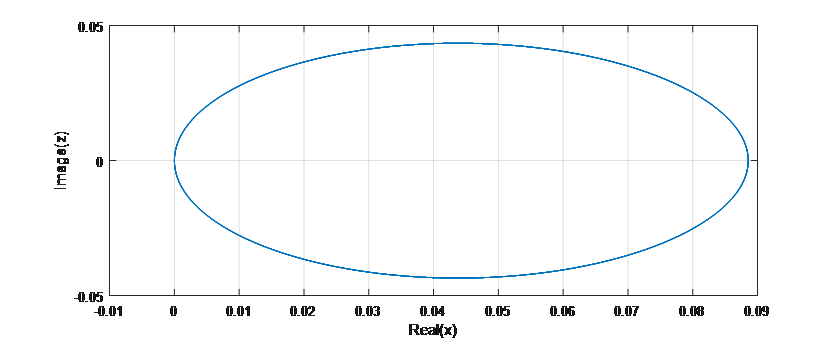Numerical Solution of Stiff and Oscillatory Problems using Third Derivative Trigonometrically Fitted Block Method
Keywords:
Initial Value Problems, Third derivative, Trigonometrically fitted block method, Oscillatory problems, Stability, ConvergenceAbstract
This paper considered the formulation of continuous third derivative trigonometrically fitted method for the solution of oscillatory first order initial value problems using the technique of interpolation and collocation of the approximate solution by combining polynomial and trigonometric functions. Solving for the unknown parameters and substituting the results into the approximate solution yielded a continuous linear multistep method, which was evaluated at some selected grid points where two cases were considered at equal intervals to give the discrete schemes which are implemented in block form. The blocks are convergent and stable. Numerical experiments show that the methods compete favorably with existing method.This paper considered the formulation of continuous third derivative trigonometrically fitted block method for the solution of stiff and oscillatory problems. The development of the technique involved the interpolation and collocation of the approximate solution which is the combination of polynomial and trigonometric functions. Solving for the unknown parameters and substituting the results into the approximate solution yielded a continuous linear multistep method, which is evaluated at some selected grid points where two cases were considered at equal intervals to give the discrete schemes which are implemented in block form. The blocks are convergent and stable. Numerical experiments show that the methods compete favorably with existing method and efficient for the solution of stiff and oscillatory problems.

Published
How to Cite
Issue
Section
Copyright (c) 2022 Journal of the Nigerian Society of Physical Sciences

This work is licensed under a Creative Commons Attribution 4.0 International License.





